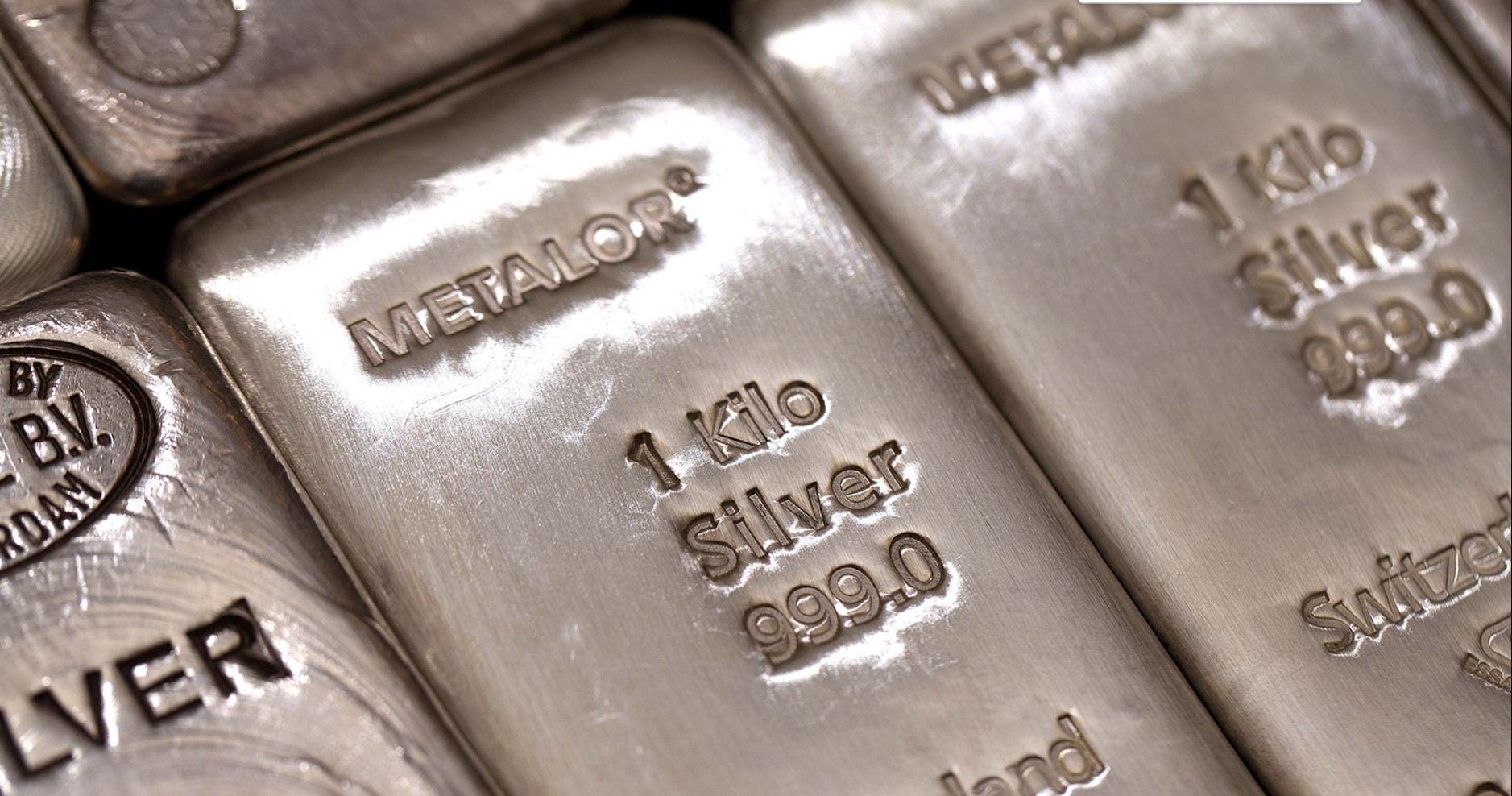Welcome to the world of trading silver, a precious metal that has captured the attention of investors worldwide. In this comprehensive guide, we will delve into the intriguing realm of silver trading, exploring its rich history, current market trends, and the potential it holds for profitable investments. With insights from industry experts and a focus on providing you with accurate and informative content, we aim to empower you with the knowledge needed to succeed in the exciting world of trading silver.
Silver’s Historical Significance
Silver, often referred to as the “poor man’s gold,” has been a valuable commodity for centuries. Throughout history, it has been used as currency, adornment, and for its medicinal properties. Its historical significance continues to influence its demand in modern times, making it a unique asset for traders.
Silver’s Role in Diversifying Portfolios Diversification is a fundamental strategy in investment, and silver plays a crucial role in achieving it. Its price movements often differ from those of stocks and other assets, providing a hedge against economic uncertainties. Including silver in your investment portfolio can enhance its stability.
Here’s an interesting comparative table highlighting the historical significance of silver compared to other precious metals:
| Aspect | Silver | Gold | Platinum |
| Ancient Currency | Used as currency in various cultures for trade | Widely used as a currency and store of value for millennia | Not traditionally used as currency |
| Historical Adornment | Used for jewelry and decorative items in many ancient civilizations | Prized for jewelry and adornment, symbolizing wealth and status | Utilized for jewelry but less commonly than silver and gold |
| Medicinal Uses | Historically used in traditional medicine for its perceived healing properties | Limited medicinal use, primarily for dental applications | Rarely used for medicinal purposes |
| Cultural Significance | Considered sacred in numerous cultures and often used in religious rituals | Revered as a symbol of purity and divinity in many religions | Less culturally significant compared to silver and gold |
| Industrial Applications | Versatile industrial metal used in electronics, photography, and more | Minimal industrial use, primarily for its value and aesthetic appeal | Widely used in industrial applications, particularly in catalytic converters and jewelry |
The Current Silver Market
The current silver market is a dynamic and intriguing landscape for investors. Silver, often seen as a precious metal with a strong historical significance, continues to draw attention due to its role as both an industrial commodity and a store of value. Silver prices are influenced by a myriad of factors, including supply and demand dynamics, global economic conditions, and geopolitical events. Investors closely monitor these variables to make informed decisions in the ever-evolving silver market.
In recent years, silver has demonstrated its resilience as an asset, with its price showing considerable volatility and potential for substantial gains. As economies around the world face uncertainties and fluctuations, silver remains a popular choice for those looking to diversify their investment portfolios and seek protection against economic downturns. Whether you’re a seasoned investor or just starting, understanding the nuances of the current silver market is essential for harnessing its profit potential.
Silver Trading Strategies
Successful silver trading requires effective strategies. Here are some approaches that traders often use:
- Day Trading: Day traders buy and sell silver within the same trading day, capitalizing on short-term price fluctuations. This strategy demands a keen understanding of market trends and real-time analysis.
- Swing Trading: Swing traders aim to profit from medium-term price swings. They typically hold positions for several days or weeks, making it less demanding than day trading.
- Long-Term Investing: Long-term investors buy silver with the expectation that its value will appreciate over time. This strategy is ideal for those who believe in silver’s enduring value.
- Silver Futures: Futures contracts allow traders to speculate on future silver prices. It’s a sophisticated strategy that requires in-depth knowledge of derivatives markets.
Trading Platforms and Tools
Trading platforms and tools are essential components for anyone looking to engage in silver trading. In today’s digital age, there is a wide array of online brokerage platforms that offer access to silver markets. When choosing a platform, it’s crucial to consider factors such as ease of use, real-time data availability, trading fees, and the range of tools provided. Reputable platforms often offer intuitive interfaces, advanced charting capabilities, and risk management tools, all of which can greatly enhance a trader’s experience.
Moreover, staying informed about the latest developments in the silver market is vital, and many trading platforms provide access to news feeds, economic calendars, and research materials. Some platforms even offer mobile apps, allowing traders to monitor and execute trades on the go. Additionally, traders often use technical analysis tools and indicators to make informed decisions about when to buy or sell silver. These tools can help identify potential trends and entry points, empowering traders to navigate the silver market effectively.
FAQs
What factors affect silver prices? Silver prices are influenced by supply and demand dynamics, economic indicators, geopolitical events, and currency fluctuations.
Is silver a safe investment? Silver is considered a safe-haven asset due to its historical role as a store of value and hedge against inflation.
How can beginners start trading silver? Beginners should start by educating themselves about silver markets, choosing a reliable broker, and practicing with a demo account before trading real money.
What is the difference between silver and gold trading? While both are precious metals, silver is often more volatile than gold, making it suitable for traders with varying risk appetites.
Can I store physical silver as an investment? Yes, you can store physical silver in the form of coins or bars, but it requires safe and secure storage.
Is silver trading subject to taxes? Tax regulations regarding silver trading vary by country, so it’s essential to research and comply with local tax laws.
Trading silver is a captivating journey that combines history, strategy, and modern market dynamics. By diversifying your investment portfolio with silver and applying sound trading strategies, you can potentially unlock profitable opportunities. Remember to stay informed, continuously educate yourself, and adapt to changing market conditions. With the right knowledge and approach, trading silver can indeed be a precious endeavor.

